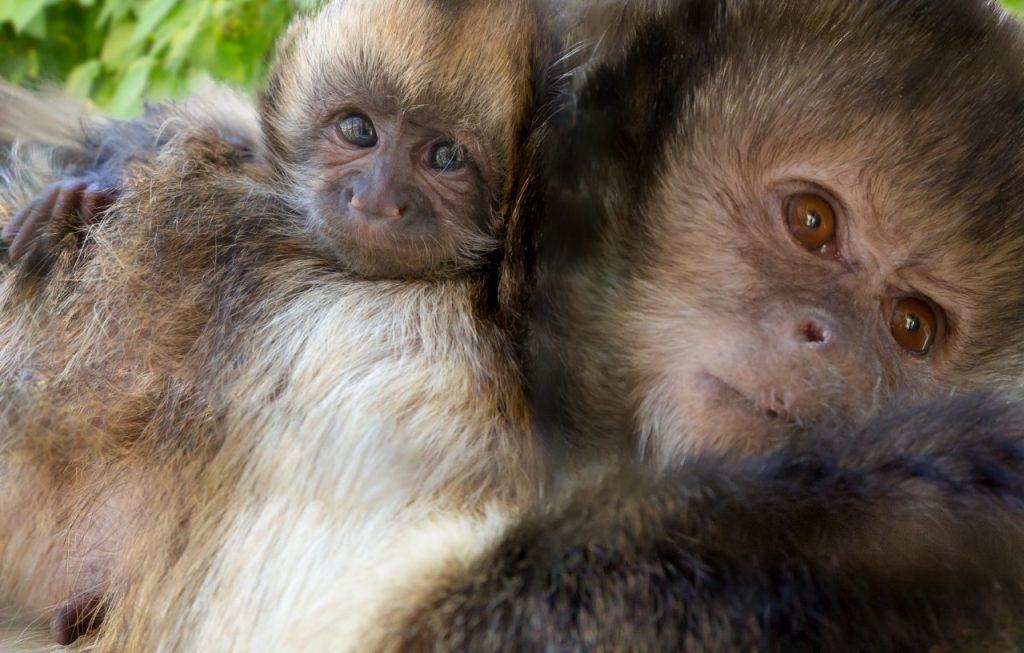Suspected Vitamin D3 toxicity in a group of black rhinoceros (Diceros bicornis)
Citation
Fleming GJ, Citino SB. 2003. Suspected Vitamin D3 toxicity in a group of black rhinoceros (Diceros bicornis). In Ward A, Brooks M, Maslanka M, Eds. Proceedings of the Fifth Conference on Zoo and Wildlife Nutrition, AZA Nutrition Advisory Group, Minneapolis, MN.
Abstract
Three black rhinoceros (two males, one female, Diceros bicornis) in a group of 10 black rhinoceros, (two male and two female long-term wild-caught adults and six male captive-born juveniles) began to show hypercalcemia and partial anorexia over a 5-mo time frame. These signs were more pronounced in the adult rhinoceros, serum sampling in the juveniles were inconsistent due to behavioural conditioning problems. During this period the three black rhinoceros died. Clinical signs were similar in all three: weight loss (15-20%), weakness, stiffness in hind legs, hypercalcemia (13-18 mg/dl, normal 12.4 mg/dl), and normophosphotemia. All three rhinoceros that died had elevated BUN and creatinine (near death, within 24 hr). These three rhinoceros were unable to stand with progressive weakness starting in the hind quarters and moving forward. Necropsy on the two adult rhinoceros revealed a varying degree of mineralization of the major vessels, heart valves, heart muscle, stomach, lungs, and kidneys consistent with vitamin D3 toxicity. The youngest rhinoceros (3-yr-old) did not have gross mineralization of soft tissue and had no other abnormalities. Shortly after the first death, vitamin D3 concentrations were determined on tissue, feed (two pelleted diets), and serum samples. In the original pelleted diet A, vitamin D3 was formulated at 250 IU/kg of feed, however follow-up routine testing for vitamin D3 is not standard. A total of four pelleted lots were tested, two during the crisis and two after the crisis. Rhinoceros are fed approximately 8-9 kg of pelleted diet A, two flakes of alfalfa hay, four flakes of timothy hay, two apples, two carrots, 6.8 kg of browse and 30 ml of vitamin E oil daily in two feedings. Most food was eaten with the exception of 20-30% of timothy hay. Pelleted diet B was originally fed and was used as a comparison. Other portions of the diet were not tested as samples of the original hay and browse were not available.
 AAZV_Fleming.pdf 109 KB
AAZV_Fleming.pdf 109 KB








